Trigeminal neuralgia
Trigeminal neuralgia is a specific type of severe facial pain involving the fifth cranial nerve, also known as the trigeminal nerve, responsible for innervation of the face. This nerve pain sometimes develops after dental procedures but other times develops spontaneously. Osteopathy in the cranial field, sometimes called cranial osteopathy, is one of the few modalities that successfully addresses this severe pain.
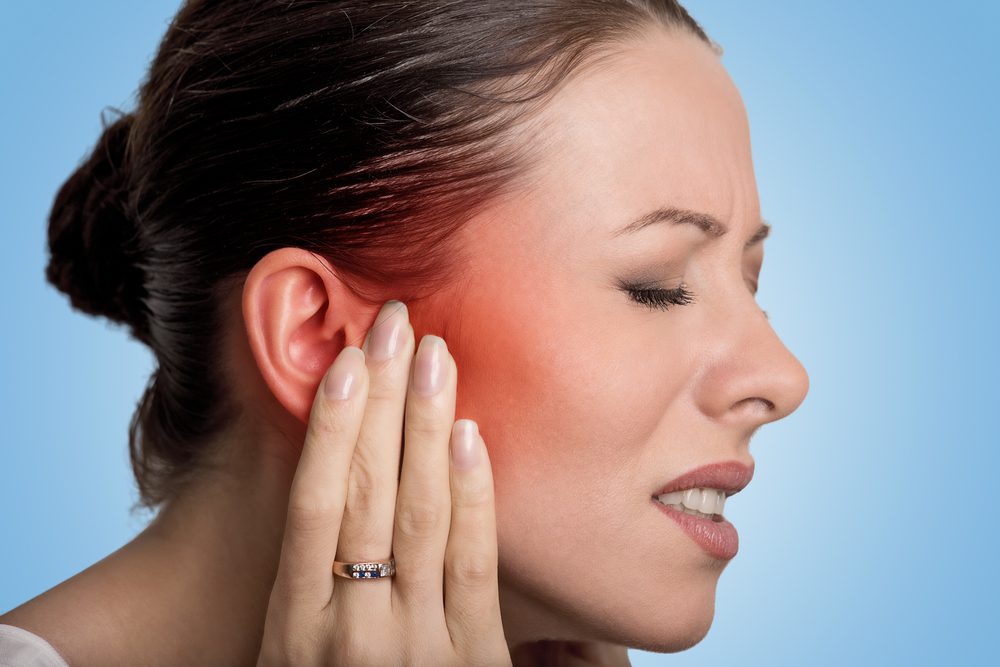
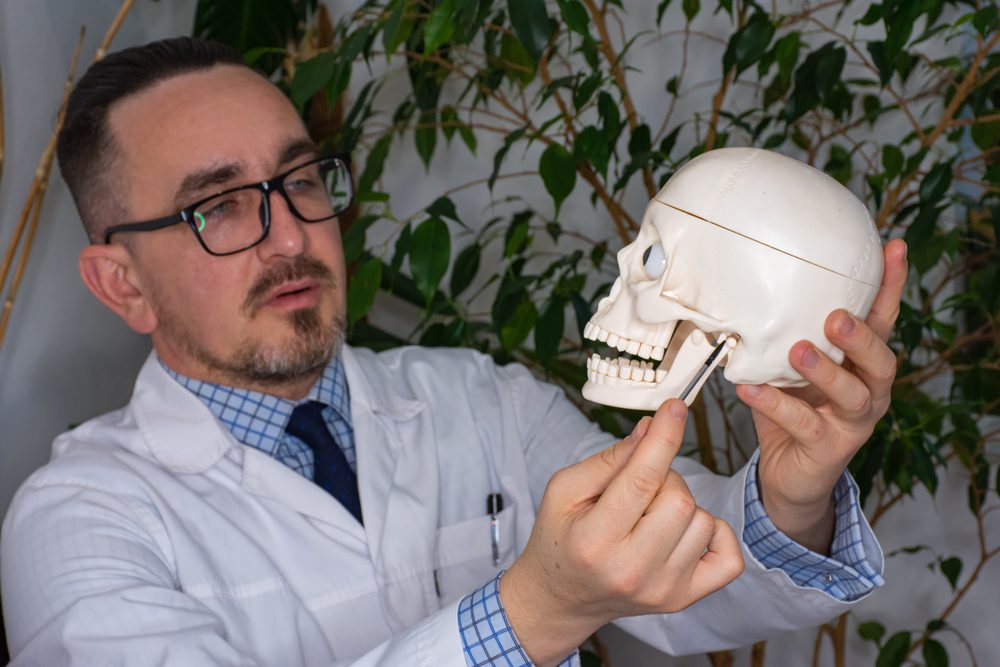
Other facial pain including temporomandibular joint dysfunction
Restrictions of the cranium and of head, neck, and sacral fascia, among other restrictions, can result in pain of the eye, jaw, cheekbones, or other places. These restrictions are generally easily treated with OMT and symptoms resolve. Even TMJ pain that has been attributed to arthritis can improve once the soft tissues around the joint are functioning optimally.
Globus
Globus, or the sensation that there is a blockage in the throat though no blockage can be identified, is an incredibly irritating condition that can resolve with the fascial work involved in OMT.

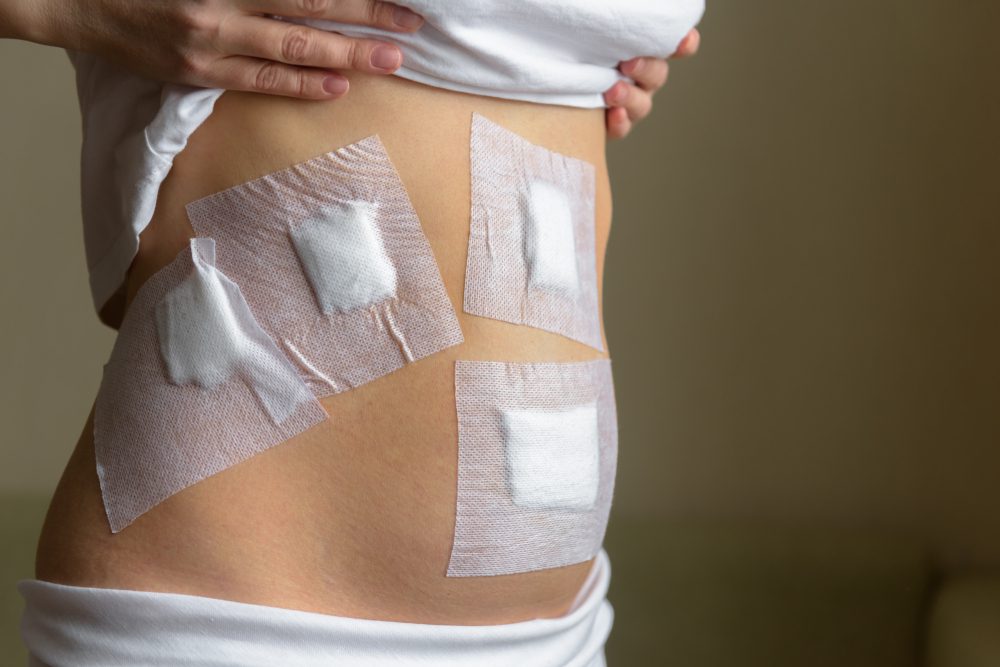
Postsurgical
Surgery involves body distortion, whether it involves limbs placed at awkward and unusual angles for prolonged periods of time, inflation of the abdomen with gas in the context of abdominal and pelvic surgeries, or extreme spinal flexions and extensions for surgical access. The resulting strains, particularly fascial in nature, are addressed with OMT with almost immediate improvement in post-surgical symptoms, including pain and nausea.
Poststroke spasticity and gait difficulties:
Addressing tissues with OMT helps get the body ‘back online’ after a stroke. We aim for a reduction in spasticity, improved balance, and a better range of motion, among other things.


Singing
The singing apparatus is a complex interplay of various muscles and other tissues. Restrictions, especially fascial restrictions that can develop through even mundane activities such as talking or coughing, can impact the ability to sing. OMT addresses these restrictions and allows the singer’s apparatus to be supple.
Athletics
Even without overt injury, tissue restrictions hinder athletic performance. Old injuries can also result in poor function through fascial and ligamentous restrictions, and addressing these restores tissues to their full potential.

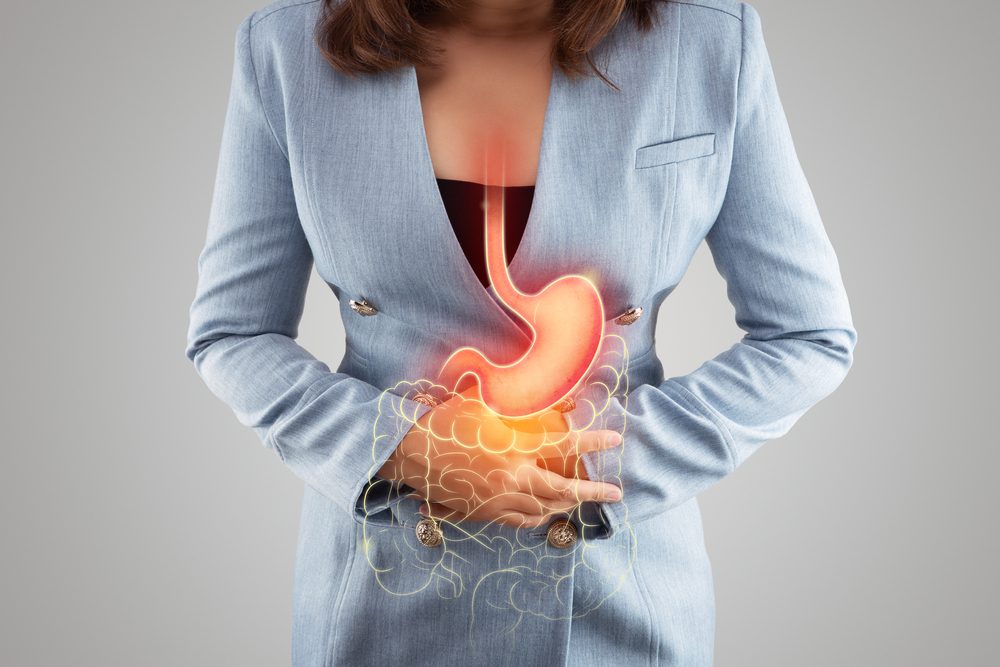
Acid reflux
Acid reflux symptoms can improve by addressing the esophageal sphincter, diaphragm, stomach, and esophagus.
Constipation
Many things influence gut motility, not least of which are neurolymphatic reflexes known as Chapman’s reflexes. Addressing these and other restrictions helps stools move regularly.


Anxiety
Anxiety, stress, and trauma are usually inextricably linked. I utilize the work of Dr. Gabor Mate (“When the Body Says No,” “The Myth of Normal”) together with intensive short term dynamic psychotherapy (ISTDP) and OMT to address insomnia, excessive worry, and coping mechanisms that have worn out their welcome and contribute to anxiety.
Fibromyalgia
Fibromyalgia is an umbrella term that indicates increased tenderness and pain in the body’s soft tissues without signs of a different disease process that may be the cause. It is often caused by a significant burden of somatic dysfunction, including fascial, ligamentous, and lymphatic flow dysfunction. OMT effectively addresses these restrictions, and pain significantly improves.


Chest pain
Chest pain that is not due to a heart condition is incredibly frustrating for patients since it is often a case of ‘no one is able to figure it out’. However this type of chest wall pain is usually due to fascial, lymphatic, and ligamentous restrictions that resolve with OMT. Once the restrictions are gone, the pain also resolves, often after just a few treatments.
Arthritis
Arthritis is joint dysfunction due to the degeneration of a joint. OMT addresses the soft tissues surrounding the joint and ligaments, decreasing pain and improving quality of life. Interestingly these improvements occur even without surgery.

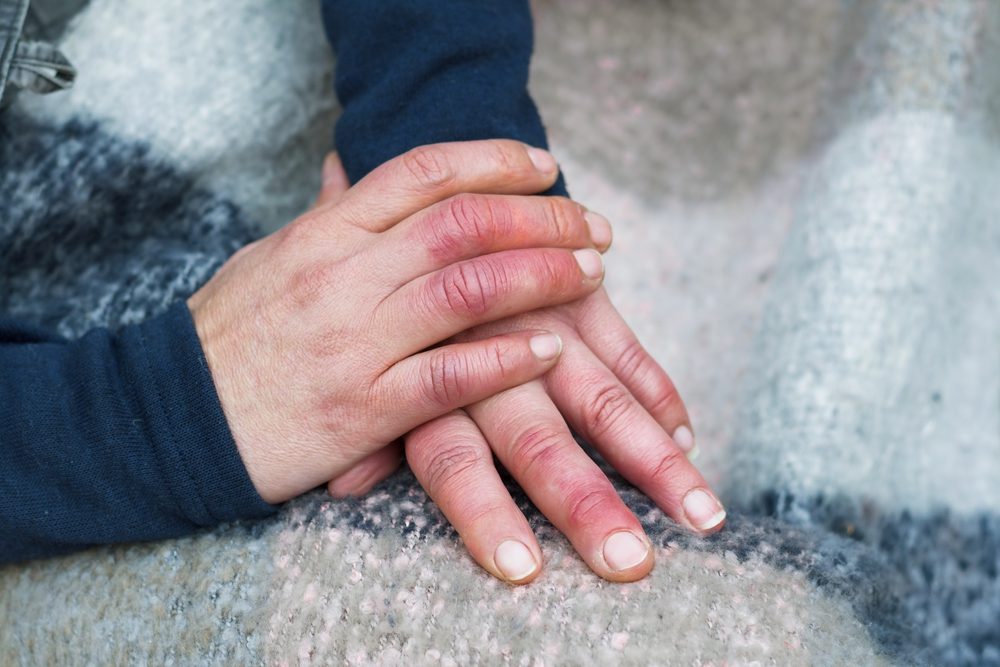
Complex Regional Pain Syndrome
This peripheral nerve dysfunction can be helped by addressing the neurolymphatic reflexes and the fascia such as is done in OMT.
